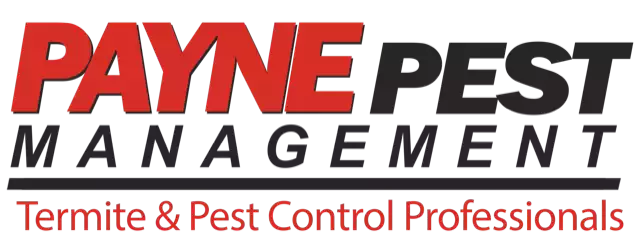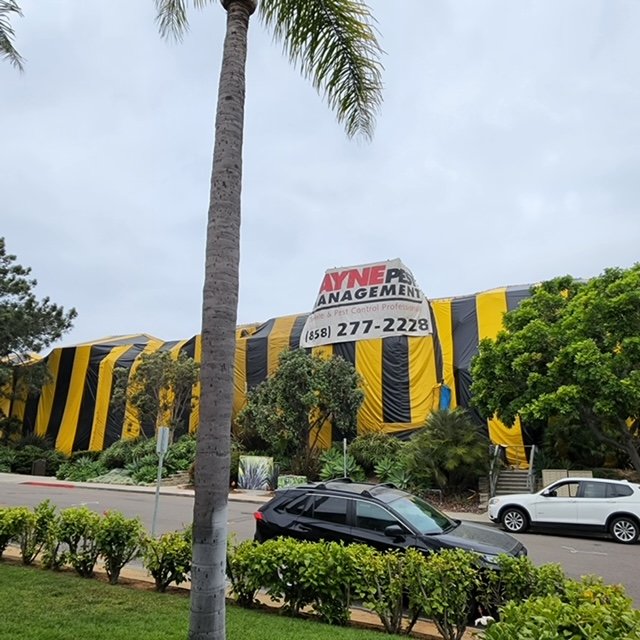Drywood termites are a unique and fascinating species, and understanding their biology is crucial for effective pest management. These termites differ significantly from other types, such as subterranean termites, primarily in their habitat and behavior.
Anatomy of Drywood Termites
1. Castes and Roles
Drywood termite colonies are divided into three main castes, each with specific roles:
- Workers: Responsible for foraging, feeding the colony, and maintaining the nest.
- Soldiers: Tasked with defending the colony against predators and rival termites.
- Reproductive (Alates): Winged termites that leave the colony to start new ones.
2. Physical Characteristics
- Workers: Creamy white color, soft-bodied, and about 3/8 inch long.
- Soldiers: Larger heads with powerful jaws, and slightly longer than workers.
- Reproductive: Dark brown or black with wings, around 1/2 inch long.
Lifecycle and Reproduction
1. Swarming Season
Drywood termites swarm primarily during late summer to fall. During this period, winged reproductive termites (alates) leave their existing colony to mate and start new colonies.
2. Colony Formation
After swarming, alates shed their wings, find a suitable site, and begin to mate. The queen lays eggs, which develop into workers, soldiers, and future reproductives over time. It can take several years for a colony to mature fully.
3. Growth and Development
The development from egg to adult takes several months, depending on environmental conditions. A mature colony can contain up to 2,500 termites, although they generally aren’t as large as subterranean termite colonies.
Habitat and Feeding Behavior
1. Preferred Wood
Drywood termites infest dry wood, as their name suggests. They do not require contact with soil, unlike their subterranean counterparts. Common targets include wooden structures, furniture, and even hardwood floors.
2. Feeding Habits
These termites consume cellulose found in wood, creating smooth tunnels and galleries as they digest it. Their feeding can lead to significant structural damage over time.
3. Frass Production
One of the distinguishing signs of a drywood termite infestation is the presence of frass. Frass is the fecal matter these termites produce, typically appearing as small, hard pellets. You’ll often find frass near the infested wood.
Signs of Infestation
1. Kick-out Holes
Drywood termites create small, round holes in wood to expel frass from their tunnels. These are known as kick-out holes.
2. Tunnels and Galleries
The internal damage caused by drywood termites is often not visible until significant damage has occurred. They create intricate networks of tunnels and galleries within the wood structure.
3. Discarded Wings
After a swarming event, you might find discarded wings near windowsills or light sources. This is a strong indicator that reproductive termites have entered your home.
Understanding the biology of drywood termites is essential for identifying and managing infestations. By recognizing their physical characteristics, lifecycle, and signs of activity, you can take proactive steps to protect your property.
For more detailed information and assistance, consider consulting with a pest management professional. Their expertise can help you effectively prevent and control drywood termite infestations.







